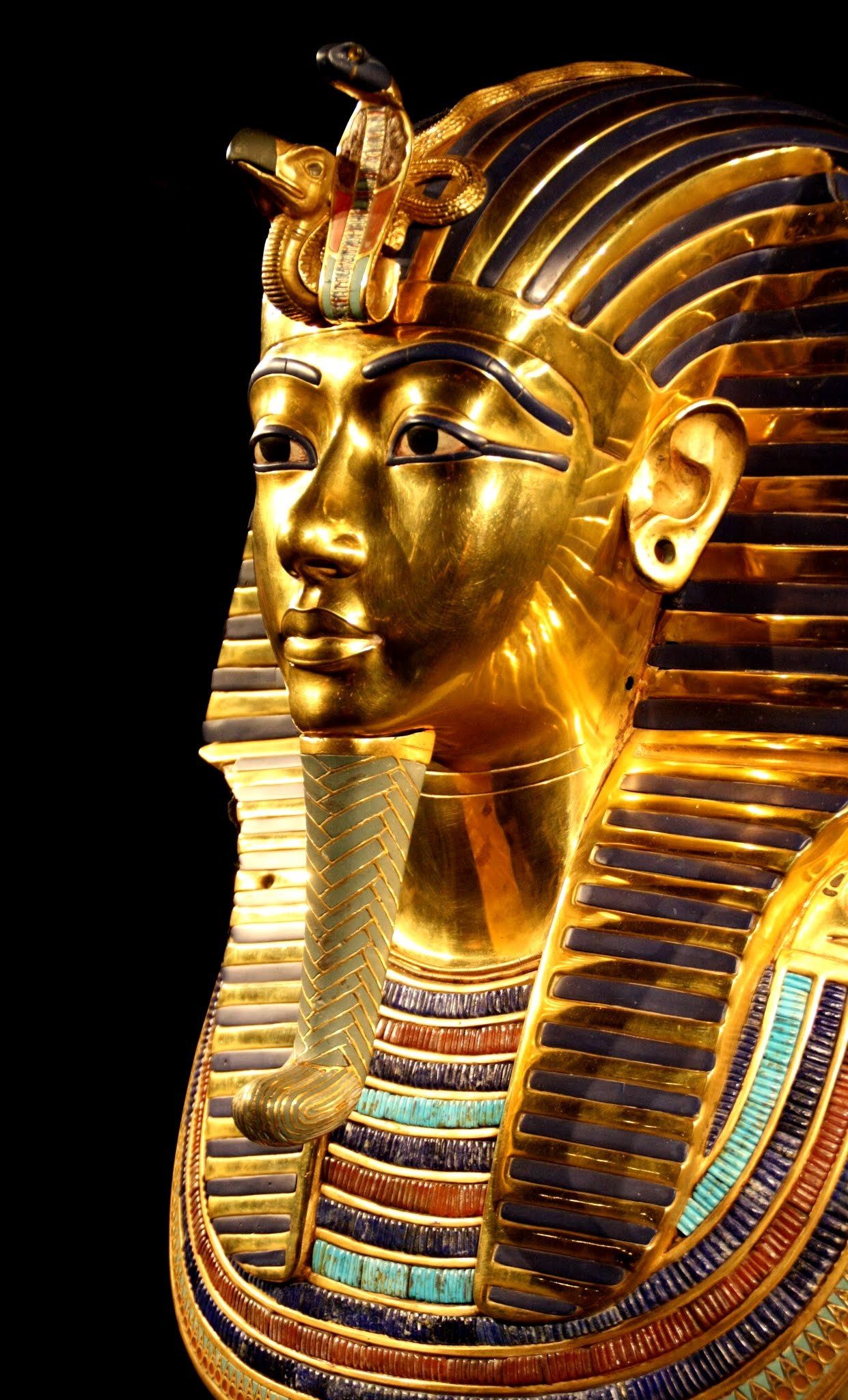Written records can tell us a lot about ancient civilizations. Recent research on the venomous snakes described in an ancient Egyptian papyrus suggests more than you might think. A much more diverse range of snakes than we ever imagined lived in the land of the pharaohs – which also explains why ancient Egyptian writers were so preoccupied with the treatment of snakebites, writes The Converstion. Like cave paintings, texts from the beginning of written history often describe wild animals. They can provide some remarkable details, but identifying the species described can be difficult. For example, the ancient Egyptian document called the Brooklyn Papyrus, dated to about 660 – 330 BC. but probably a copy of a much older document, lists various kinds of snakes known at the time, the consequences of their bites, and their treatment.
In addition to the symptoms of the bite, the papyrus also describes the deity associated with the snake, or whose intervention could save the victim. The bite of the “great serpent Apophis” (a god who assumed the form of a snake), for example, is described as causing quick death. Readers are also warned that this snake does not have the usual two teeth, but four, a rare feature for a snake today.
The venomous snakes described in the Brooklyn Papyrus are diverse: 37 species are listed, of which descriptions for 13 have been lost. Today, the Ancient Egypt region is home to far fewer species. This caused much debate among researchers as to which species were described.
The Serpent with Four Teeth There is no contender for the great serpent Apophis living within the borders of Ancient Egypt. Like most venomous snakes, which cause the majority of snakebite deaths in the world, the vipers and cobras now found in Egypt have only two teeth, one in each bone of the upper jaw. In snakes, the jawbones on both sides are separated and move independently, unlike mammals.
The closest modern snake, which often has four teeth, is the boomslang (Disopholidus typus) of the sub-Saharan African savannas, now found more than 650 km south of present-day Egypt. Its venom can cause the victim to bleed from any orifice and cause a fatal cerebral hemorrhage. Could the snake Apophis be an early, detailed description of a boomslang? And if so, how did the ancient Egyptians come across a snake that now lives so far south of their borders?
To find out, the scientists used a statistical model called climate niche modeling to study how the ranges of various African and Levantine (eastern Mediterranean) snakes have changed over time.
In the footsteps of the ancient serpents
The research shows that the much wetter climate of early Ancient Egypt was favorable for a host of snakes that do not live there today. The scientists focused on 10 species from the African tropics, the Maghreb region of North Africa and the Middle East that could match the descriptions in the papyrus. These include some of Africa’s most famous venomous snakes, such as the black mamba, the roaring viper and the boomslang. The researchers found that nine of the ten species likely lived in Ancient Egypt. For example, boomslangs may have lived along the coast of the Red Sea in places that 4,000 years ago were part of Egypt.
Similarly, the Brooklyn Papyrus describes a snake “patterned like a quail” that “hisses like a goldsmith’s bellows.” The buzzing viper (Bitis arietans) fits this description, but now lives only south of Khartoum in Sudan and in northern Eritrea. Again, scientists believe that this species’ range once extended much further north.
Much has changed since the period modeled by the researchers. Climate drying and desertification occurred about 4,200 years ago, but perhaps not uniformly. In the Nile Valley and along the coast, for example, agriculture and irrigation may have slowed desiccation and allowed many species to persist into historic times. This suggests that many more venomous snakes may have existed in Egypt during the time of the pharaohs.
Illustrative Photo by Pixabay: https://www.pexels.com/photo/gold-tutankhamun-statue-33571/














